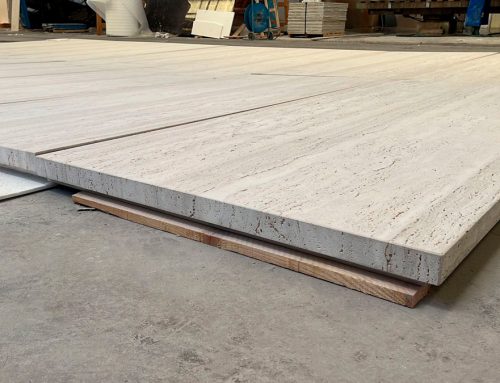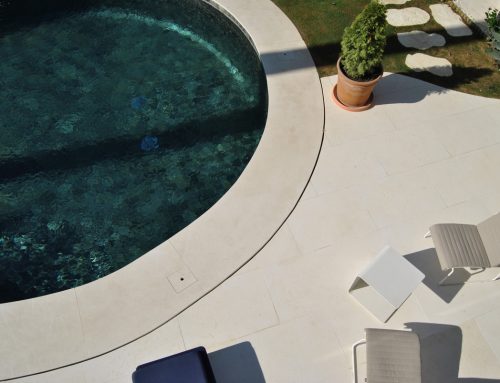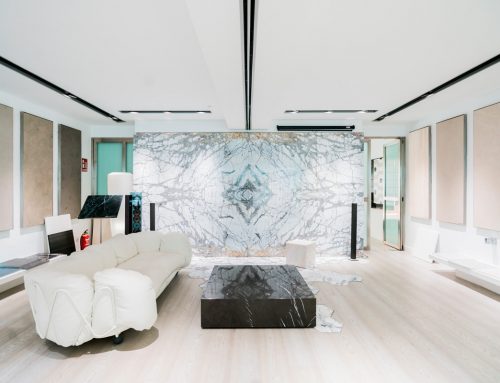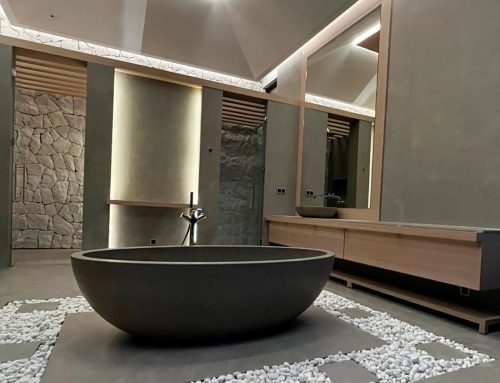The Stonesize lightweight stone ventilated facade system is based on a ventilated façade method. This type of construction is becoming more and more common in building due to its optimal perfomance in various aspects. Its main advantages are:
- Protection of the interior enclosure against the direct action of rain and wind.
- Improved energy efficiency of buildings compared to other traditional solutions, thanks to the continuous external insulation and the ventilated chamber.
- It avoids humidity in the enclosure thanks to the ventilation of the chamber. Its presence facilitates the evacuation of water vapor from the interior.
- Hygrothermal equilibrium is produced, which results in better health conditions inside.
- It avoids thermal bridges by allowing the insulator to be used uninterruptedly outside the entire base enclosure.
- It increases the thermal inertia of the enclosure. Unlike traditional enclosures, in ventilated facades, the insulation remains on the outside of the base enclosure. Therefore, the entire mass works as a “thermal warehouse,” allowing a more constant interior temperature throughout the day.

- Excellent chamber ventilation in summer thanks to the convection created by the heating of the pieces of the cladding (chimney effect), which avoids the overheating of the enclosure by radiation.
- Improvement of the acoustic insulation thanks to the incorporation of the insulation and the air chamber.
- The cladding is not affected by expansion and contraction resulting from thermal changes, as the free movement by expansion of both the substructure and the cladding is allowed. It avoids possible breakage of plates or discontinuities in the joints. On the other hand, the structure of the building itself is more isolated, suffering fewer dimensional alterations, and as a result, pathologies in interior materials and finishes are reduced.
- The profiles of the substructure can be plumbed completely, leaving the cladding perfectly leveled despite the irregularities of the base enclosure.
Thermal optimisation in lightweight stone ventilated facade system

The diagram shows how it works thermally at each time of the year. In summer the solar radiation directly affects the coating by heating it. This heat is transmitted to the air chamber, increasing the air chamber temperature, thus generating an upward convective current, i.e. a chimney effect. This reduces the radiant energy entering the building.
On the other hand, during the winter, the loss of internal temperature is avoided because the insulation is located on the outside of the base enclosure, cutting off all the thermal bridges, and converting the base enclosure into a heat accumulator.
In the same way, this continuous arrangement of the thermal insulation avoiding thermal bridges avoids the appearance of condensation humidities in the interior.
To learn more about Stonesize lightweight stone ventilated facades visit the facade section or contact us >









